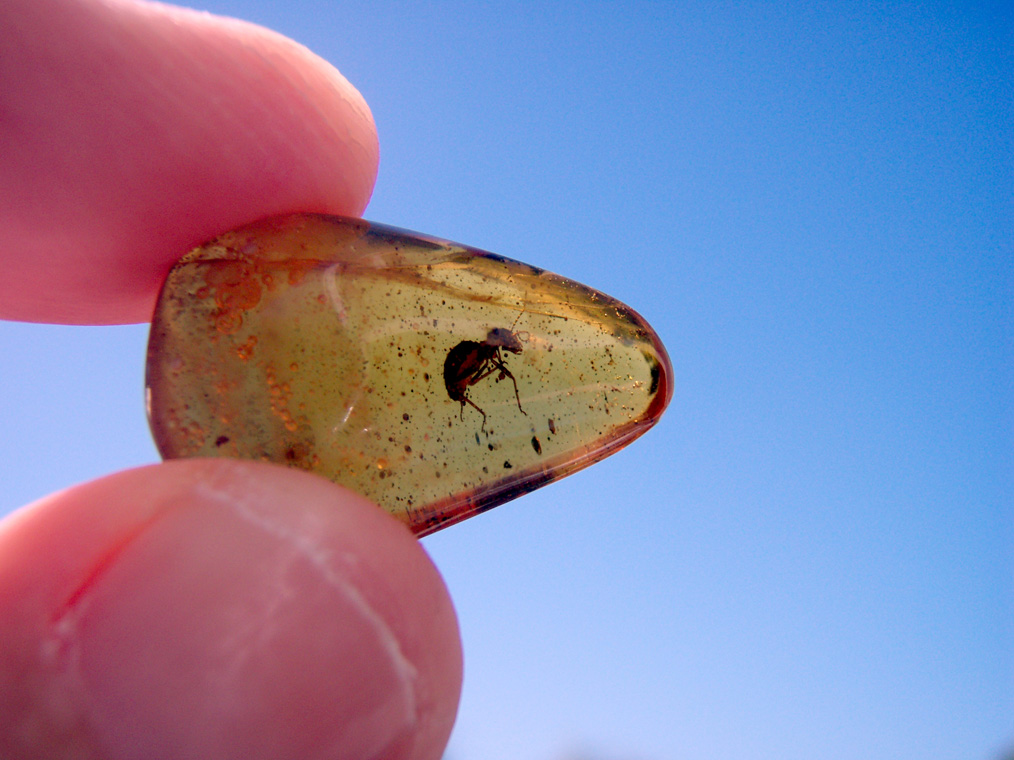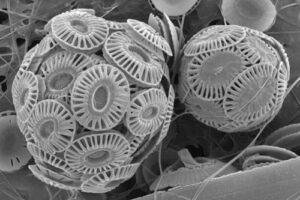The Rarity of Fossilization


The chances of any animal becoming a fossil are extraordinarily remote. The only way that we have a lot of fossils is that there’s been an incredible amount of time and an unbelievable number of animals.
While there are several types of fossil’s, here’s a run down of all the conditions that generally need to be met for fossilization to occur:

1. The animal originally had a hard part. Soft-bodied animals have a very low likelihood of preservation.
2. The hard part was still preserved even though the soft parts were dissolved away by bacterial action.
3. Then it got buried in a place where bacterial action doesn’t exist, usually in mud or something similar that is oxygen-free.
4. And then it has to be covered up as soon as possible.
5. However it can’t be just covered up with just anything, it has to be with some kind of a sediment of sandstone, silt or volcanic ash.
6. And then as it gets gradually swallowed further and further into the Earth, somebody needs to find it because a fossil is something that’s dug up.
As you can tell, the chances of all this happening seem pretty rare, and it is! Fossils can also be frozen or stuck in resin such as amber. Resin fossils often leave absolutely perfect specimens of arthropods (insects and spiders) and more rarely animals such as small lizards. It is thought that the reason trees excrete this resin is to seal its wounds and prevent insects/pathogens from entering.

The picture to the right shows an extinct species of a wasp that dates back from 16 to 20 million years ago. We know of this species only from this single male specimen found on the island of Hispaniola preserved in what is known as Dominican amber.
Dominican amber is transparent and most of the resin fossils in the world have been found there allowing paleontologists to reconstruct ecosystems of ancient tropical rainforests that existed millions of years ago.
One last tidbit I want to share is the fact that when we think of fossils we often think of large animals such as dinosaurs or mammoth’s stuck in glaciers, but most of the fossils we have collected are actually microfossils.

Microfossils are fossils that are 1mm or smaller and they could be anything from bacteria to fungi to animals and may require an electron microscope to view. These are more important for understanding evolution than visible fossils!
There are obviously no hard parts of bacteria, for example, but through a process known as permineralization, even these microscopic organisms leave an imprint.
When the microscopic organism dies, the empty spaces that are normally filled with liquid or gas during its life become filled with mineral-rich groundwater and the minerals penetrate and fill up those empty spaces. This process occurs in the tiniest of spaces such as within the cell wall of a plant cell and can actually produce very detailed fossils! Who knew?!
Well, now you know. Hopefully that was interesting. 🙂






